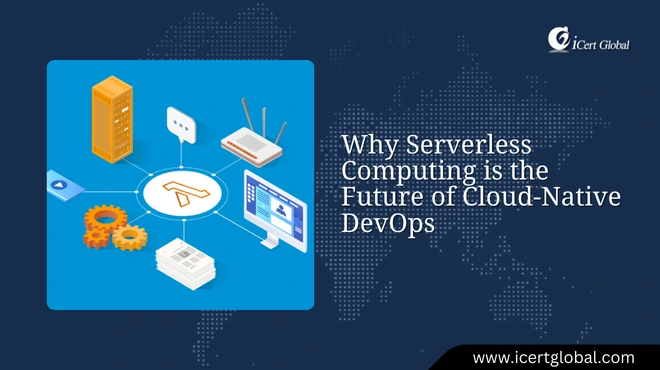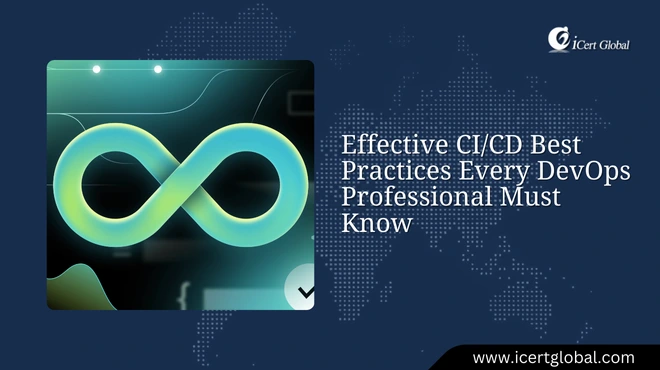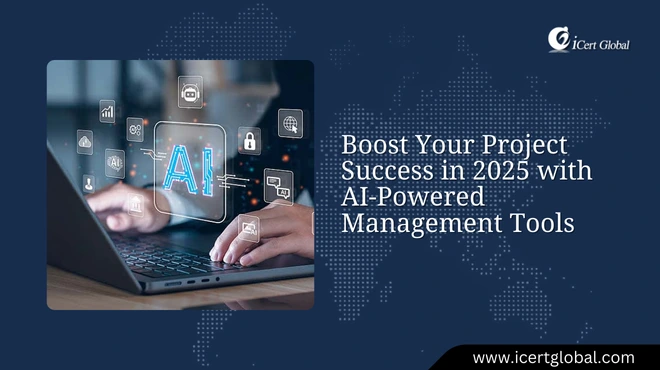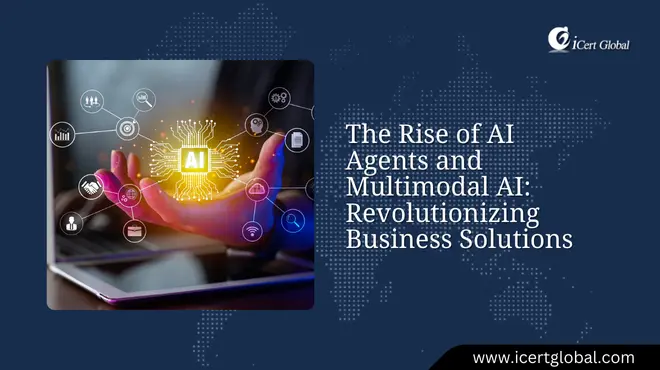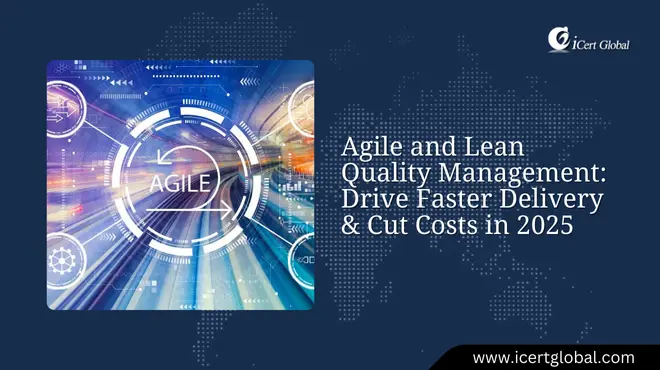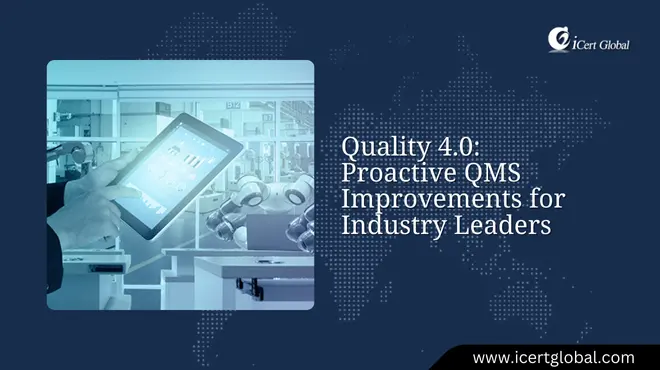Latest Articles
Automate Your DevOps Pipeline with AI and Machine Learning in 2025
A report by the World Economic Forum in 2024 says that 75 million jobs will be lost because of automation, but 133 milli...
Why Serverless Computing is the Future of Cloud-Native DevOps
The truth about cloud hosting is often overlooked, but when coupled with serverless computing, it transforms cloud-nativ...
Effective CI/CD Best Practices Every DevOps Professional Must Know
Cloud storage is essential today because it ensures seamless accessibility and scalability, and when paired with effecti...
How 5G and Quantum Computing are Shaping the Future of DevOps
The truth about cloud hosting nobody tells you is that its future impact will be amplified by the rise of 5G and quantum...
Boost Your Project Success in 2025 with AI-Powered Management Tools
Over 74% of businesses report difficulty deriving full value for their investments in artificial intelligence, despite h...
How AI is Powering the Next Wave of Cloud Computing and Cybersecurity
The reason cloud storage is essential today is clear: AI is elevating cloud computing and cybersecurity to new heights, ...
The Rise of AI Agents and Multimodal AI: Revolutionizing Business Solutions
The different types of artificial intelligence are gradually converging with the rise of AI agents and multimodal AI, un...
Top Breakthroughs of Google AI You Should Know About
The journey to creating highly effective chatbots now intersects with the breakthroughs of Google AI, reshaping the futu...
Generative AI: The Game-Changer for Content Creation and Business Growth
Generative AI is unlocking the secrets behind highly effective chatbots, making them indispensable for companies focused...
Agile and Lean Quality Management: Drive Faster Delivery & Cut Costs in 2025
By adopting Lean and Agile practices, businesses can embed quality into every stage of development rather than treating ...
How AI and IoT Are Revolutionizing Quality Management in 2025
By blending classic quality management principles with AI and IoT, organizations can achieve both precision and agility ...
Quality 4.0: Proactive QMS Improvements for Industry Leaders
With the rise of Quality 4.0, quality control is no longer just about detecting errors but about proactively driving con...


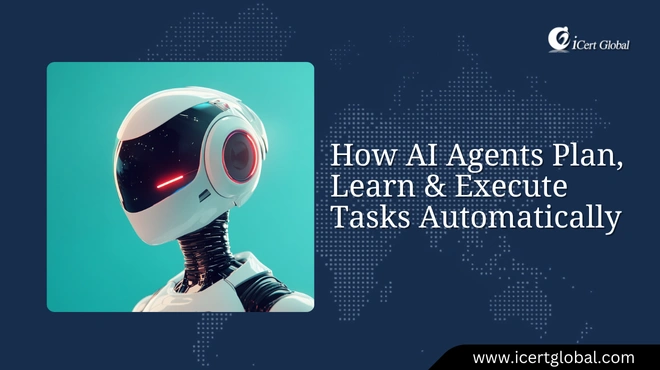
.jpg)



